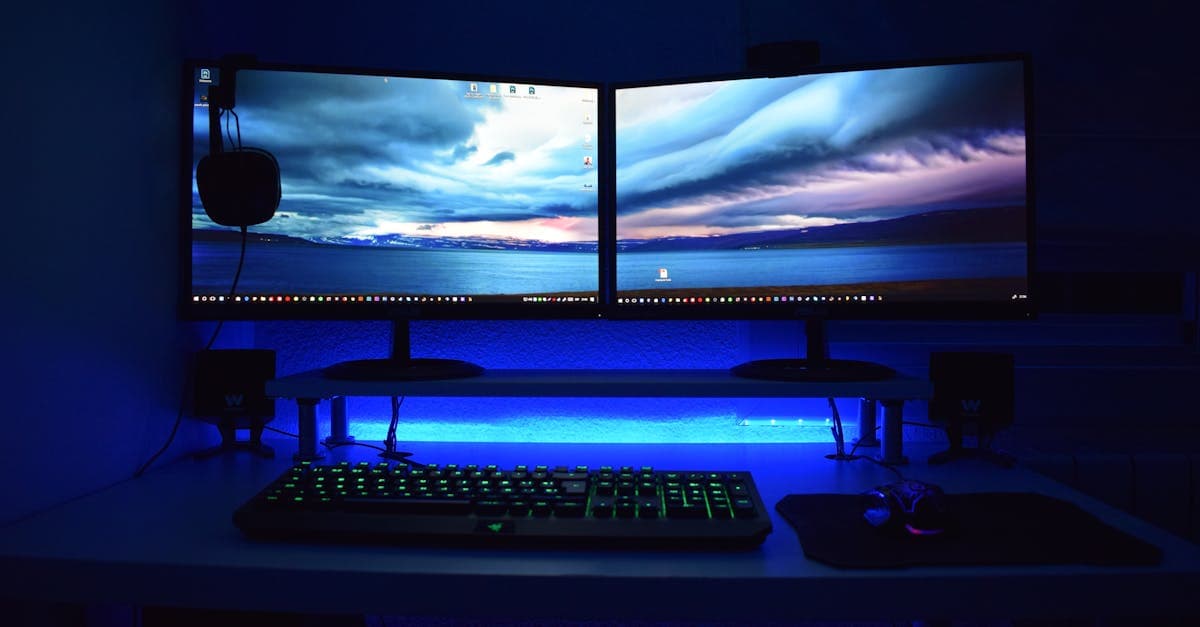Published on:
5 min read
Cinematography Unveiled: A Guide to Captivating Camera Techniques
Explore the fascinating world of cinematography and discover techniques that elevate storytelling through visuals. This guide is perfect for aspiring filmmakers and enthusiasts looking to enhance their cinematic skills.

The Art of Framing: Setting the Scene
Framing is a crucial element in cinematography that guides the audience's focus and conveys the mood of the scene. It involves selecting the right composition and camera angles to create visual interest. Different framing techniques such as the rule of thirds, leading lines, and symmetry can significantly enhance the storytelling. By experimenting with various angles, such as high or low shots, cinematographers can evoke different emotions. The choice of frame also affects the viewer’s perception of characters; close-ups can evoke intimacy, while wide shots can establish context. Mastering these techniques is vital for any filmmaker seeking to tell compelling stories visually.
Movement and Emotion: The Power of Camera Motion
Camera movement plays a vital role in shaping the emotional resonance of a film. Techniques such as pans, tilts, dollies, and handheld shots can guide the viewer’s emotional journey. A slow, deliberate pan can create tension, while a quick, jerky motion might evoke chaos. Tracking shots enable the audience to follow action closely, enhancing engagement and immersion in the scene. Additionally, the use of Steadicams can offer smooth movement, providing a more professional look to the footage. Understanding how to manipulate camera motion effectively is essential for filmmakers aiming to draw audiences deeper into their narratives.
Lighting Techniques: Crafting Atmosphere
Lighting is one of the most powerful tools in cinematography, as it not only illuminates but also shapes the mood and atmosphere of a scene. Various lighting setups, such as three-point lighting, can add depth and dimension to characters, creating a more captivating visual. Natural light brings authenticity, while artificial lighting can be manipulated for dramatic effect. The choice between hard and soft light can influence the emotional tone—hard light may highlight edges and create contrast, while soft light can smooth features and produce a more flattering feel. Understanding these lighting dynamics is essential for any aspiring cinematographer.
Conclusion: Your Cinematic Journey Begins
Cinematography is a blend of art and technique that requires practice and passion. By mastering framing, camera movement, and lighting, you can significantly elevate your filmmaking skills. Remember, every great filmmaker was once a beginner, so embrace the learning process and enjoy your cinematic journey!
Published on .
Share now!










